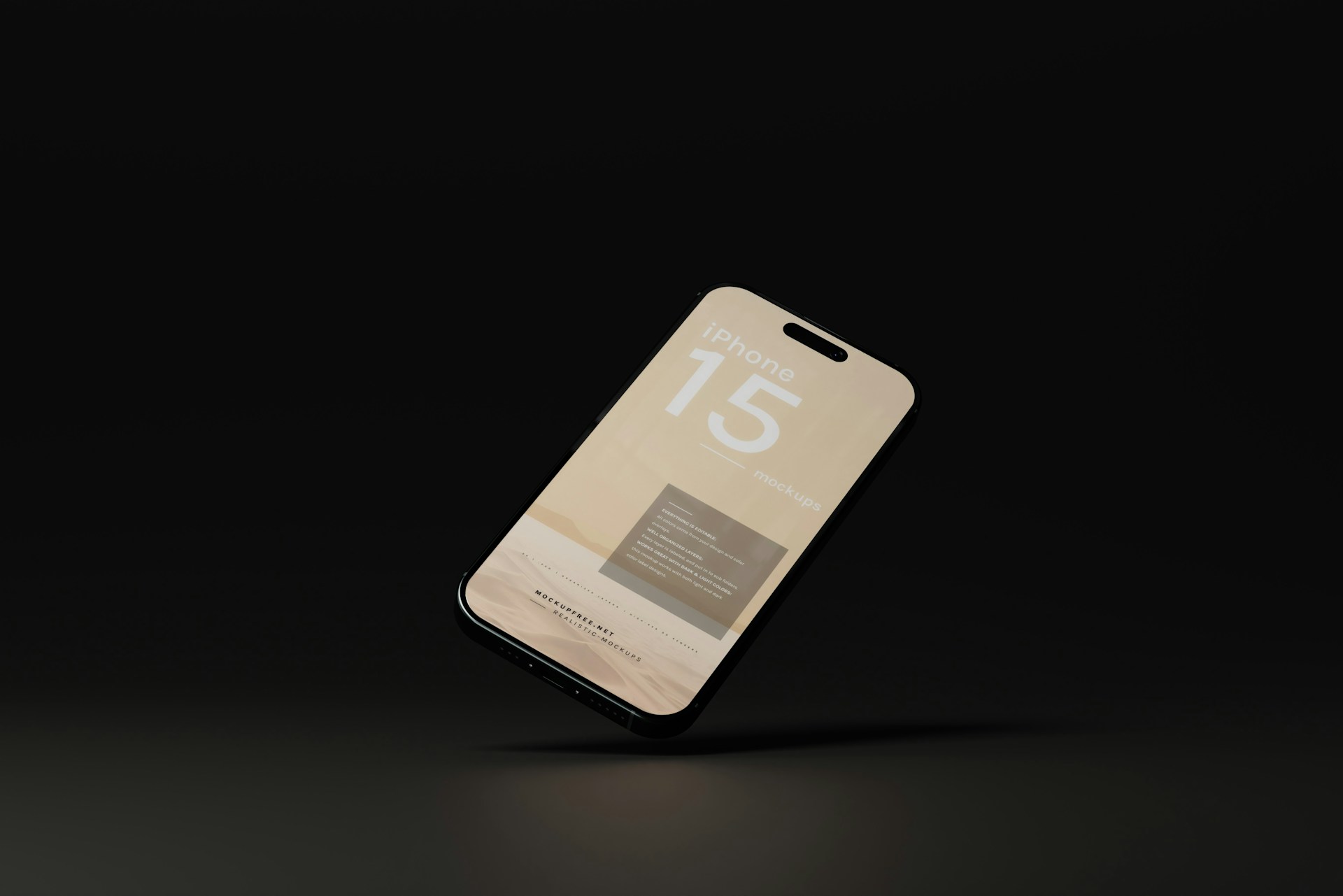iPhone 15 vs iPhone 12: Is It Time to Upgrade?
The iPhone 12, launched in 2020, represented a milestone for Apple, introducing a fresh design after years of iteration. Despite its groundbreaking aesthetics, it was infamous for its less-than-stellar battery performance. Fast forward three years, and the iPhone 15 has taken center stage, building on the evolution of the iPhone lineup with subtle yet impactful advancements. While the visual changes may not be as apparent, they signify meaningful progress in performance, user experience, and technology.
With the iPhone 16 on the horizon, many iPhone 12 users may find their devices starting to show their age, especially in terms of battery health. For those who have held onto their iPhone 12 since its release, now might be the ideal time to consider an upgrade. Let’s dive into how the iPhone 15 stacks up against its predecessor and why it might be worth the investment.
Key Upgrades: iPhone 15 vs. iPhone 12
Here are the headline differences between the two models:
- A16 Bionic Chip (4nm) vs. A14 Bionic Chip (5nm)
- Brighter display with up to 2000 nits peak brightness
- Dynamic Island replacing the notch
- Higher base storage starting at 128GB
- Advanced 48MP main camera
- Improved selfie camera with new features
- Better battery life and efficiency
- USB-C port replacing the Lightning connector
- Same charging speeds
Design and Size
The iPhone 12 introduced a flat-edge design that remains a hallmark of Apple’s aesthetic even today. The iPhone 15 retains this overall design language but makes minor refinements for improved durability and usability. The most noticeable change is the absence of the Lightning port, a long-standing feature that has now been replaced with the universal USB-C standard. This change marks a significant shift, aligning Apple with broader industry trends and improving compatibility across devices.
Another key visual update is the replacement of the notch with the Dynamic Island, first introduced on the iPhone 14 Pro models. This interactive feature not only modernizes the phone’s appearance but also adds functionality by integrating notifications and live activities.
Display Differences
Apple’s displays have consistently been among the best in the smartphone market, and the iPhone 15 continues that tradition. While both the iPhone 12 and iPhone 15 feature a 6.1-inch OLED display, the newer model offers significant improvements. The peak brightness has increased from 1200 nits to 2000 nits, making the screen much easier to view in bright outdoor conditions.
However, the iPhone 15 still lacks a 120Hz refresh rate, which remains a feature exclusive to the Pro models. This omission is disappointing, especially when compared to similarly priced Android devices that offer smoother scrolling and animations.
Performance
The A16 Bionic chip in the iPhone 15 is a leap forward from the A14 Bionic found in the iPhone 12. Built on a more advanced 4nm process, the A16 chip is faster and significantly more power-efficient. This translates to smoother performance in demanding apps and games, better multitasking, and improved overall responsiveness.
These performance gains are especially evident in areas like machine learning and computational photography, where the A16’s Neural Engine shines. If you frequently use your phone for intensive tasks, the performance difference will be noticeable.
Camera
One of the most compelling reasons to upgrade to the iPhone 15 is its camera system. The 48MP main sensor captures significantly more detail compared to the 12MP sensor on the iPhone 12. By default, the camera now shoots in 24MP, offering a balance between detail and file size.
The selfie camera also sees notable improvements, with enhanced low-light performance and new features that make portraits and video calls look sharper and more vibrant. These upgrades are bolstered by software enhancements, including better HDR processing and additional photography modes.
Battery and Charging
Battery life has always been a sore point for the iPhone 12, especially as the device ages. The iPhone 15 addresses this with a more power-efficient A16 Bionic chip and larger battery capacity. Users can expect significantly better battery performance, lasting well into a second day of moderate use.
The shift to USB-C charging is another noteworthy improvement. While charging speeds remain the same, the USB-C connector offers greater versatility, allowing users to charge multiple devices with a single cable and transfer data more efficiently.
Audio Quality
Both models deliver excellent audio quality, but the iPhone 15 features subtle improvements in spatial audio and sound clarity. These updates enhance the experience of watching videos, playing games, or listening to music without headphones.
Summary
The iPhone 15 represents a meaningful upgrade over the iPhone 12, especially for those who value better performance, enhanced cameras, and improved battery life. While the changes may not appear drastic at first glance, they reflect Apple’s continuous effort to refine the user experience. For iPhone 12 users facing battery health issues or seeking a more capable device, the iPhone 15 is a worthy successor that will remain relevant for years to come

